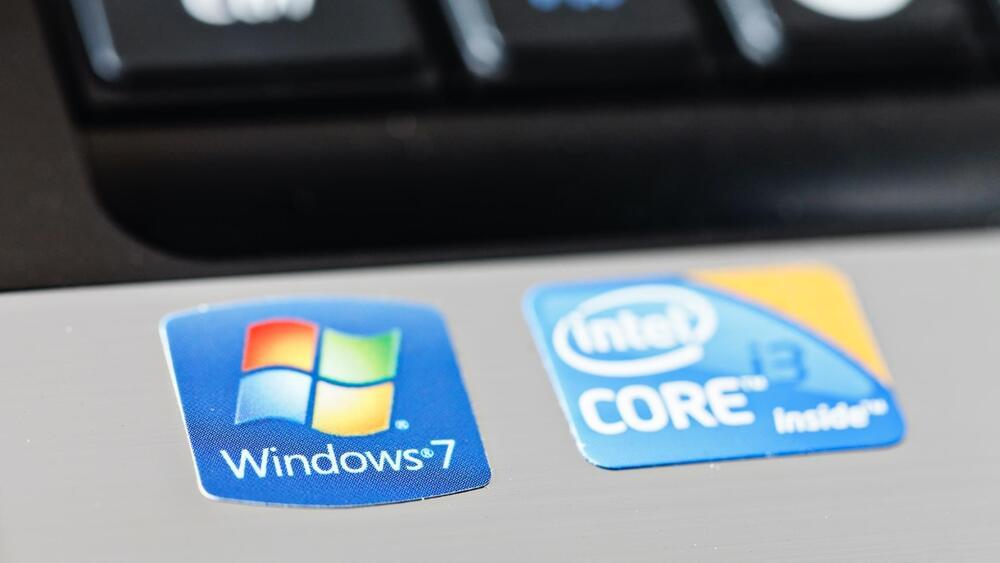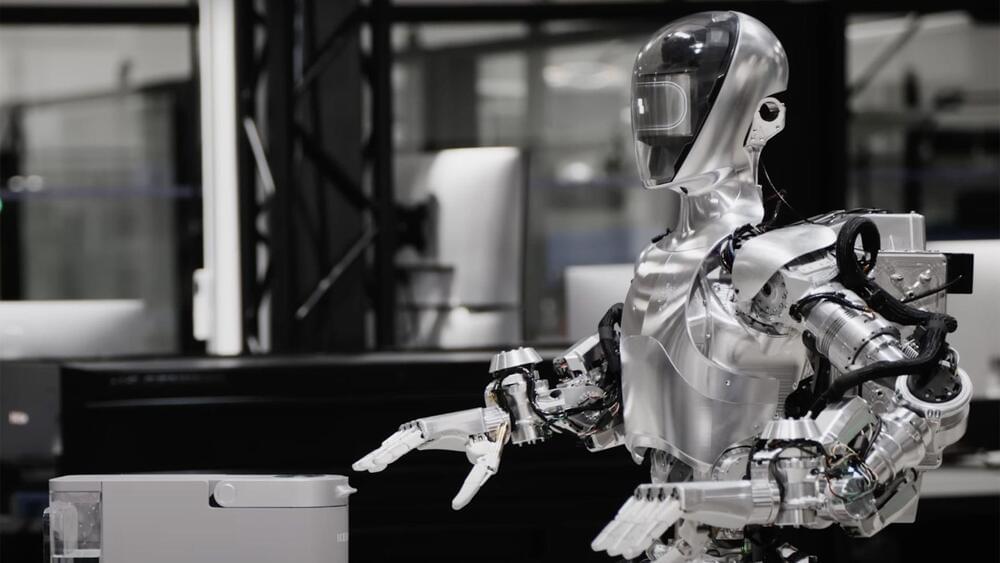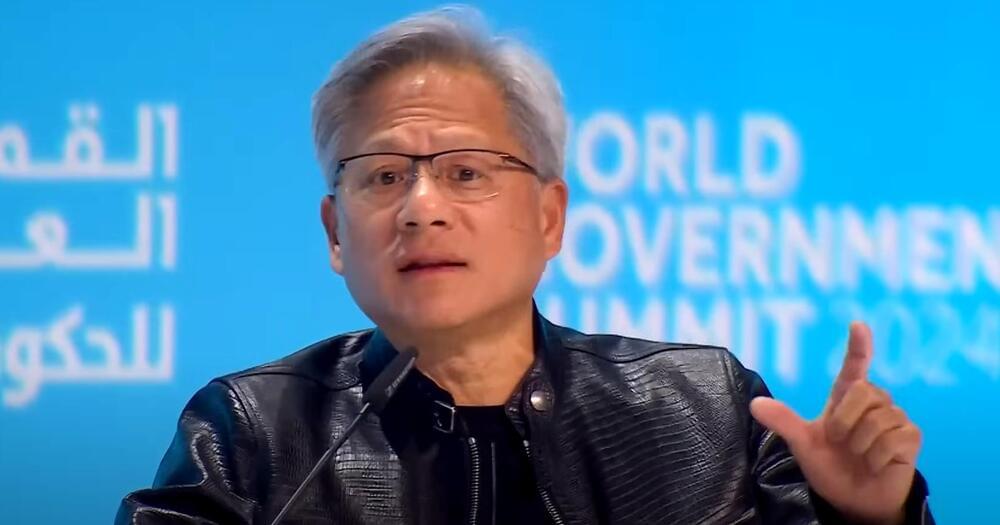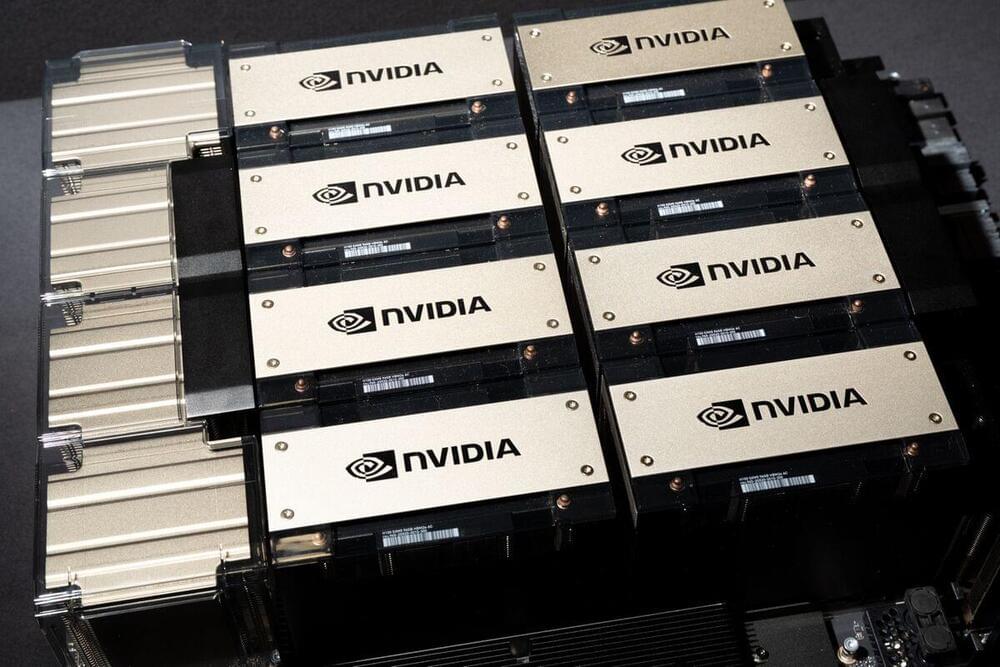Robots explore vulnerable deep-sea ecosystems only to stumble upon over 100 never-seen-before marine species.



Microsoft’s in-house chip will be Intel-approved.
Intel, one of the biggest manufacturers of semiconductor computer circuits, has secured Microsoft as a client for its custom chip manufacturing division.
Intel scores a big client in Microsoft Corp for Intel Foundry, its sustainable systems foundry business tailored for making AI chips.


Logical reasoning is still a major challenge for language models. DeepMind has found a way to support reasoning tasks.
A study by Google’s AI division DeepMind shows that the order of the premises in a task has a significant impact on the logical reasoning performance of language models.
They work best when the premises are presented in the same order as they appear in the logical conclusions. According to the researchers, this is also true for mathematical problems. The researchers make the systematically generated tests available in the R-GSM benchmark for further investigation.

In a next-level automation move, Chinese EV maker NIO (NYSE: NIO) is piloting humanoid robots on its EV assembly line at one of its factories.
NIO manufactures EVs at its two factories in Hefei, the largest city in Anhui Province, in eastern China.
Shenzhen-based UBTECH ROBOTICS, listed on Hong Kong’s stock exchange, built the Walker S robot working on NIO’s assembly line. The company says it’s the first time the Walker S has been used on an EV assembly line.




